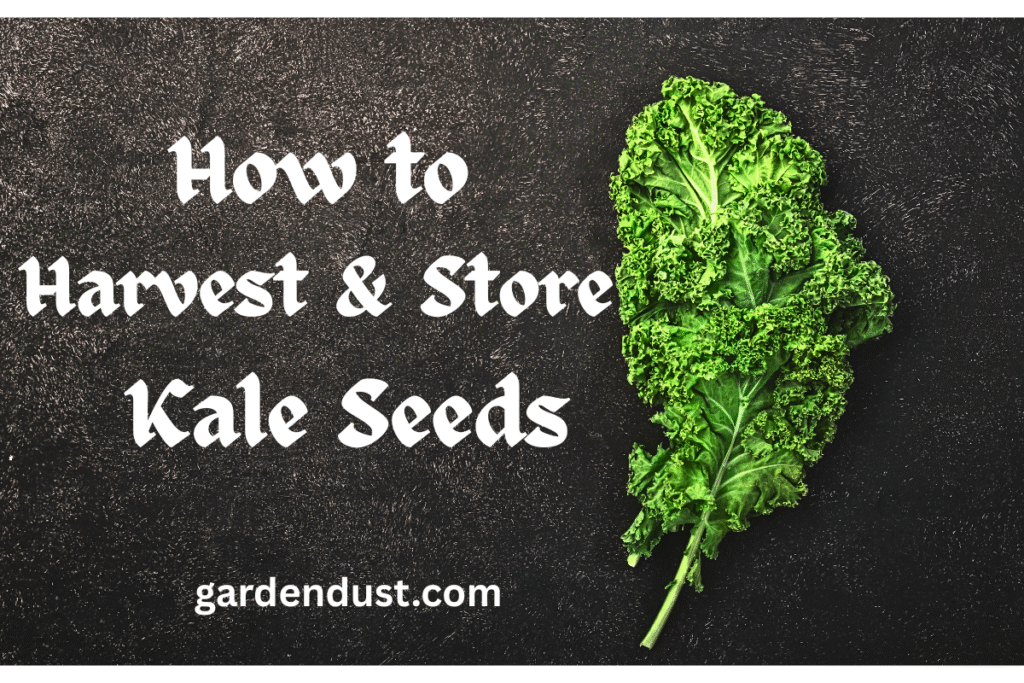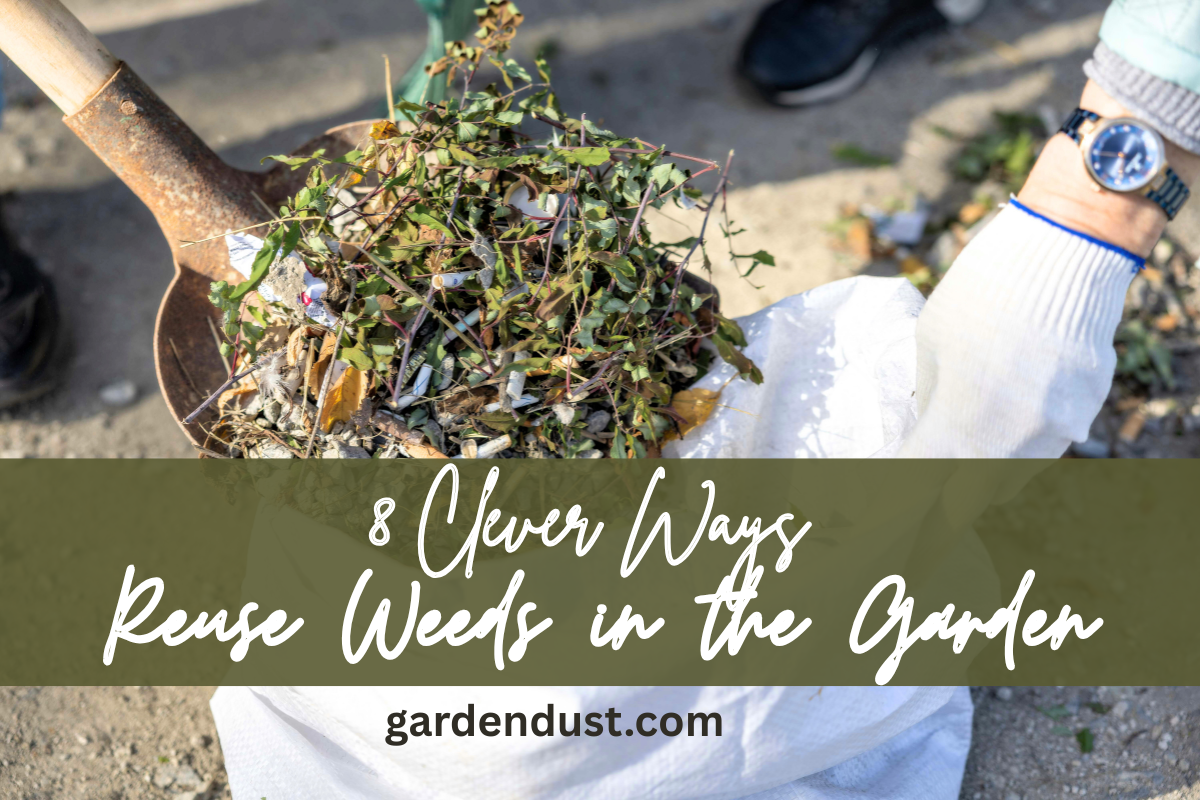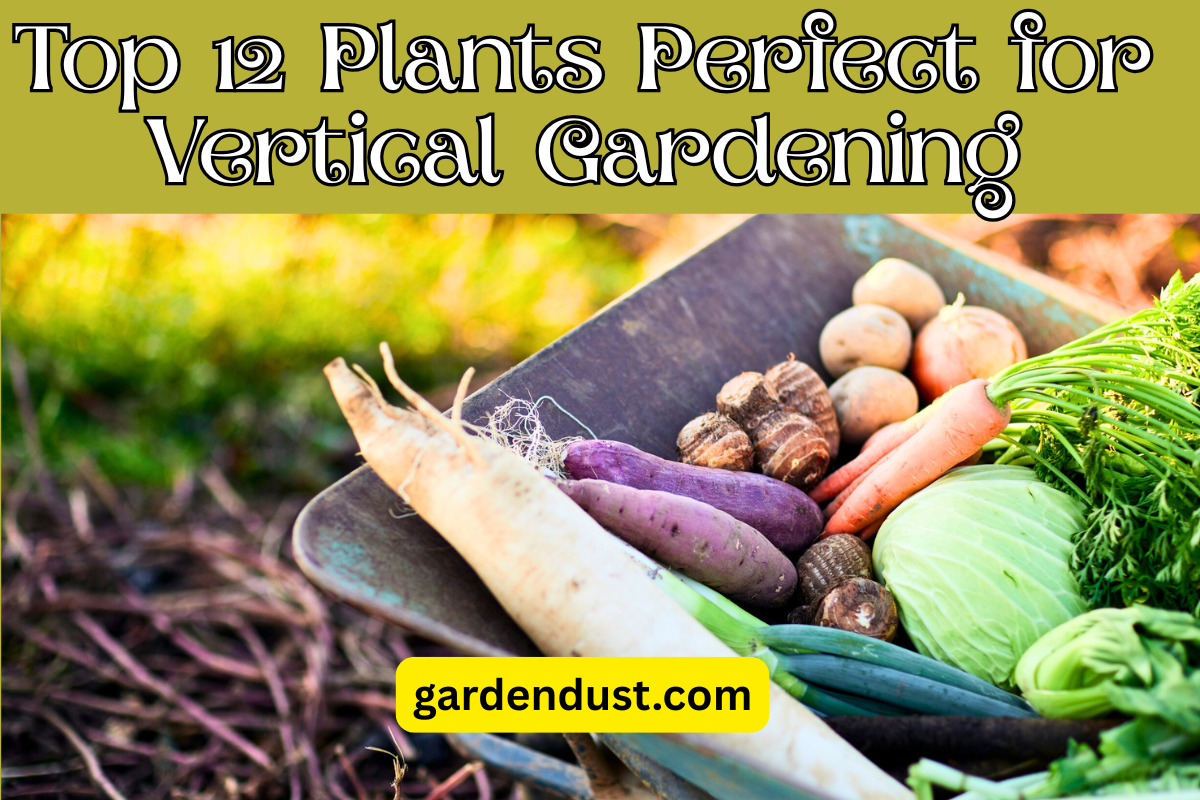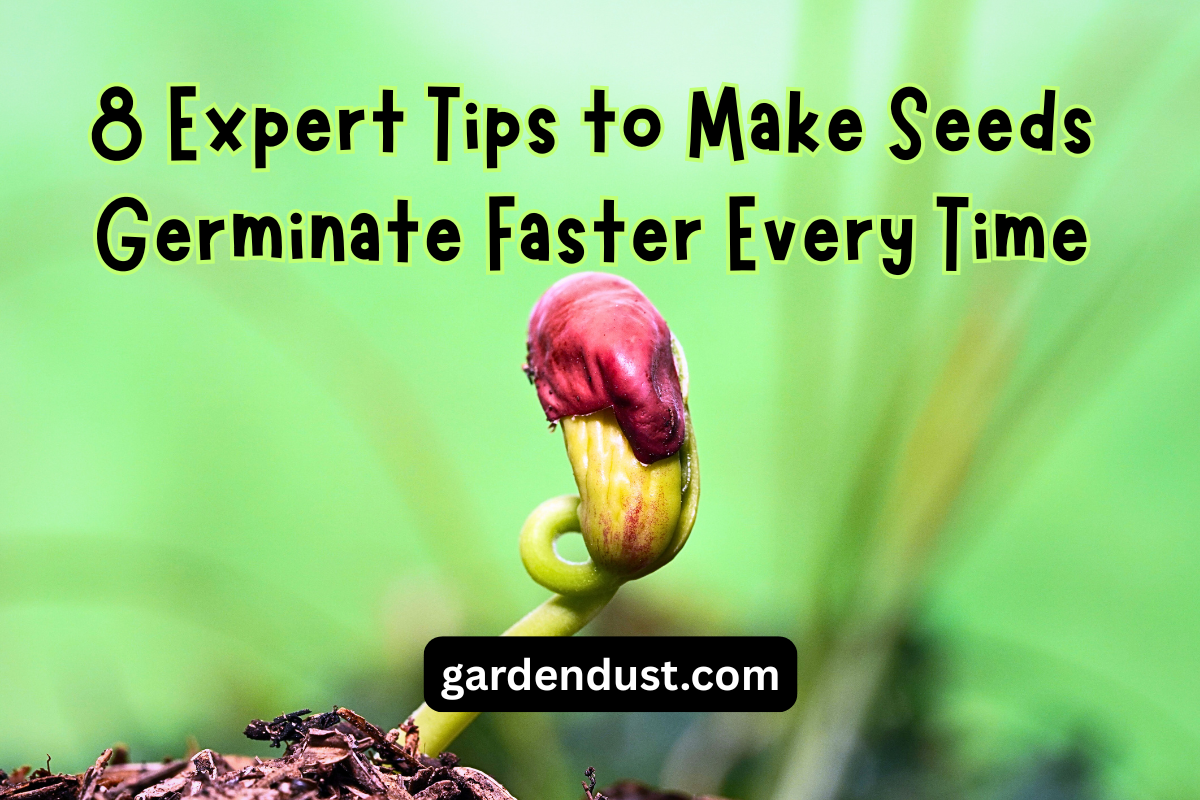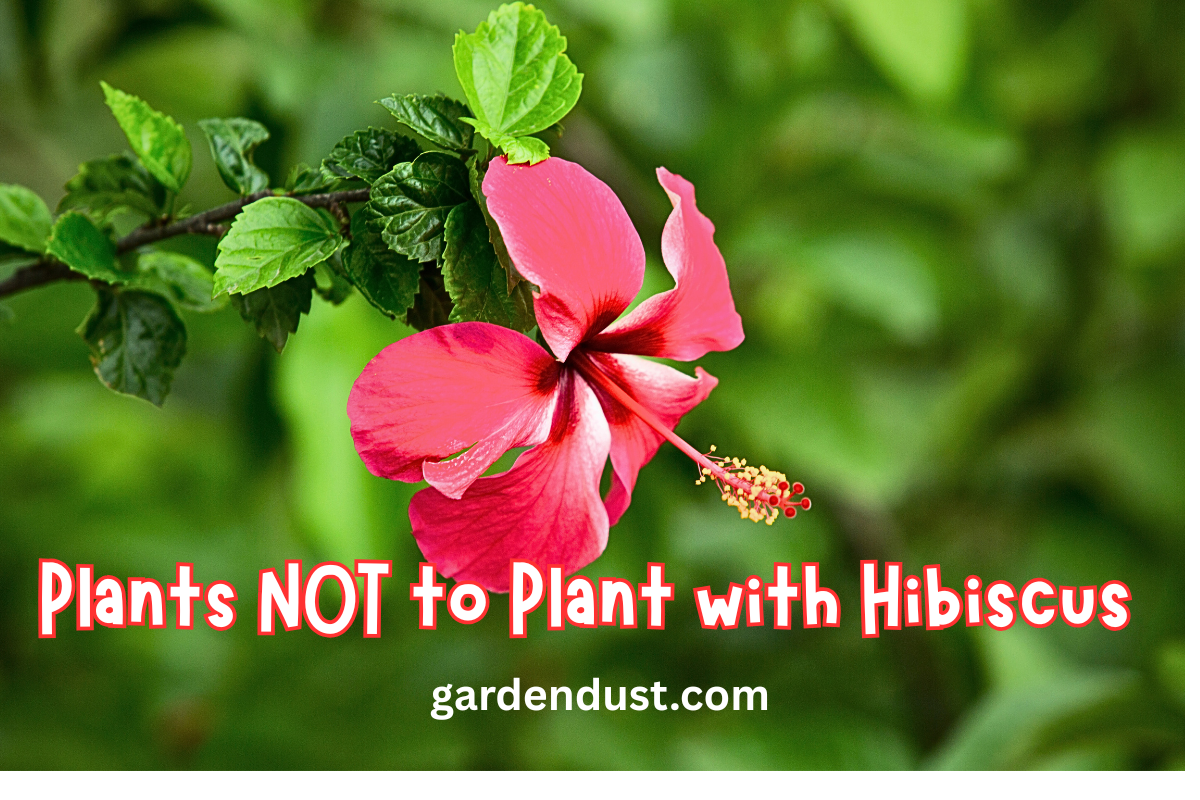How to Harvest and Store Kale Seeds
A Complete Step-by-Step Guide
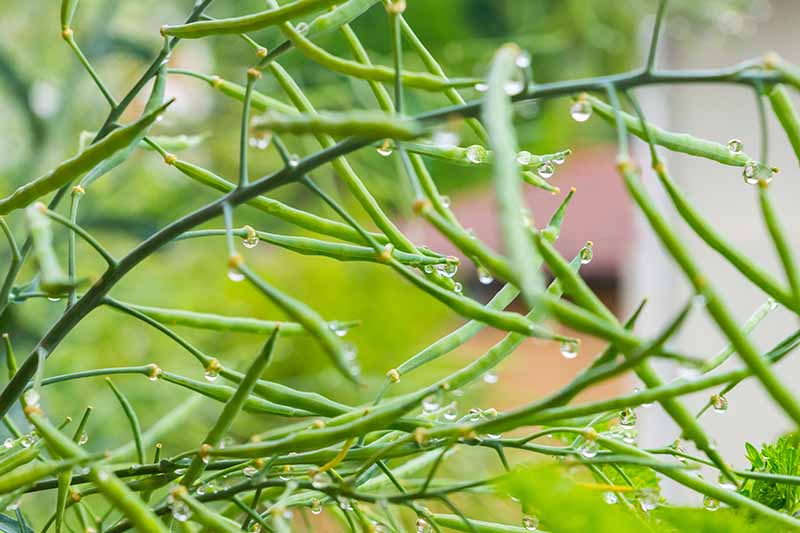
Saving your own kale seeds is rewarding, sustainable, and easy when you follow the right steps! This infographic guide explains all you need to know, from when to harvest, to cleaning and optimal storage for seeds that stay viable for years.
1. The Kale Seed Lifecycle
Kale (Brassica oleracea) is a biennial, forming seeds in its second year.
- Year 1: Grows leaves; let at least one healthy plant overwinter (or simulate cold if required).
- Year 2: The plant bolts—produces yellow flowers, then long seed pods (“silques”).

2. Knowing When to Harvest
- Wait until 60–80% of pods turn light tan/brown and feel dried, but before they shatter.
- Avoid harvesting right after rain due to mold risk. Pods should rattle when gently shaken.
- Don’t wait too long—ripe pods may burst and release seeds.

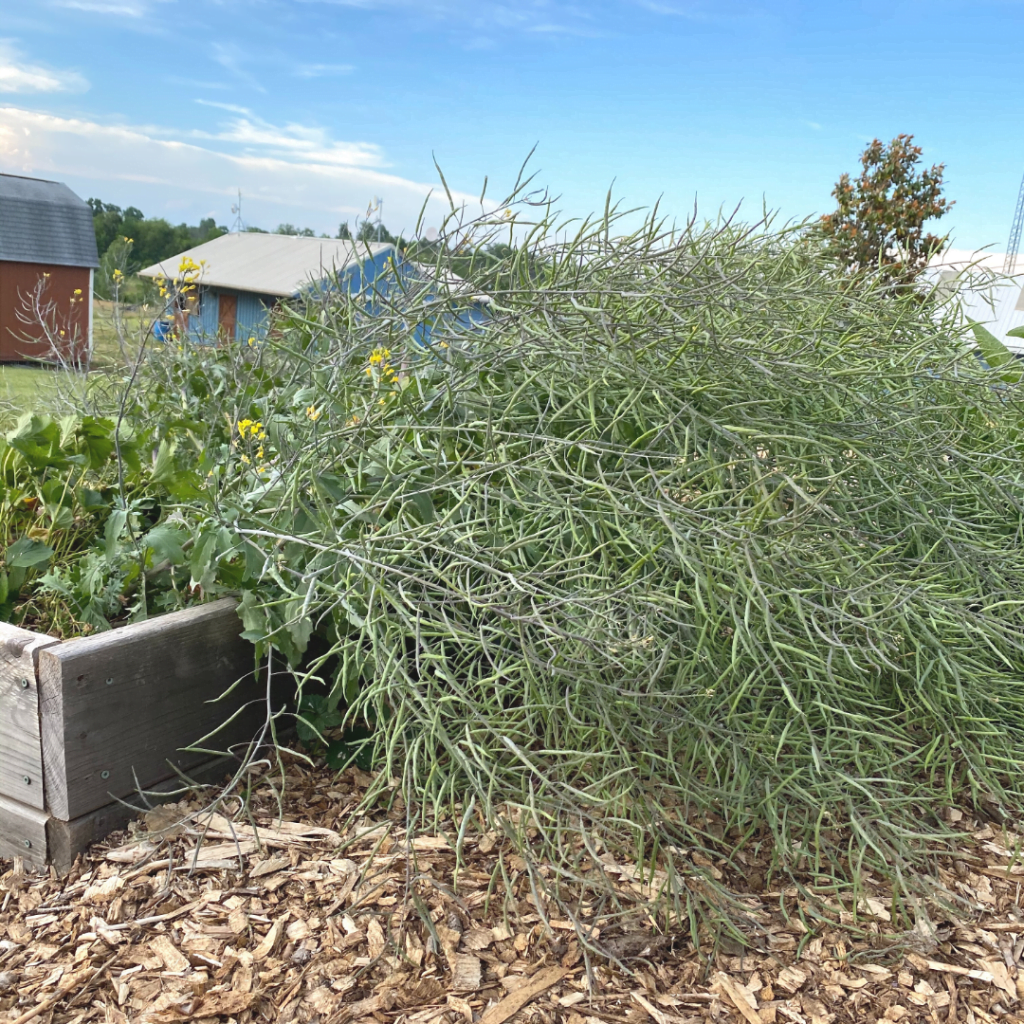
3. How to Harvest
- Cutting Technique: Clip off entire stalks or carefully pick individual brown pods.
- Bag Method: Place seed stalks in a large paper bag or pillowcase. Hang upside-down in a cool, dry, well-ventilated area for 1–2 weeks to ensure fully dry.
- Threshing: Gently crush stalks and pods so seeds fall to the bottom, or rub pods between your hands.

4. Cleaning & Drying
- Winnowing: Remove large chaff by hand or pour seeds and chaff between bowls in a gentle breeze (or use a fan) to separate.
- Final Dry: Spread cleaned seeds thinly on a plate or tray out of direct sunlight for 5–7 days to ensure all moisture is gone.
- Label seeds immediately with variety and year!

5. Proper Storage Techniques
- Best containers: Paper envelopes, sealed glass jars, or coin envelopes. Add a food-safe silica gel pack for added moisture control (optional).
- Cool and dry storage: Store in a dark, dry place between 32–50°F (refrigerator crisper is ideal for long-term).
- Viability: Properly stored, kale seeds remain viable for 4–5 years (see chart).
- Always label containers with seed type, variety, and harvest year.


Kale Seed Harvest Timeline

-
Autumn/Winter
Let plants overwinter in-ground (cover if needed)
-
Late Spring
Kale bolts, flowers, produces pods
-
Mid-Late Summer
Seed pods dry and brown
-
Seed Harvest
Collect, clean, dry, and store seeds
Seed Saving Tips
- Avoid saving seeds from hybrid (F1) plants—use only open-pollinated or heirloom varieties for true-to-type growth.
- If plants cross-pollinate with nearby brassicas (e.g., cabbage, broccoli), results may vary. Space varieties apart for purity.
- Test old seed viability with a simple germination test: Place 10 seeds on moist paper towel for 5-7 days and count how many sprout.
- Don’t forget to share extra seeds with fellow gardeners! Happy Gardening…

